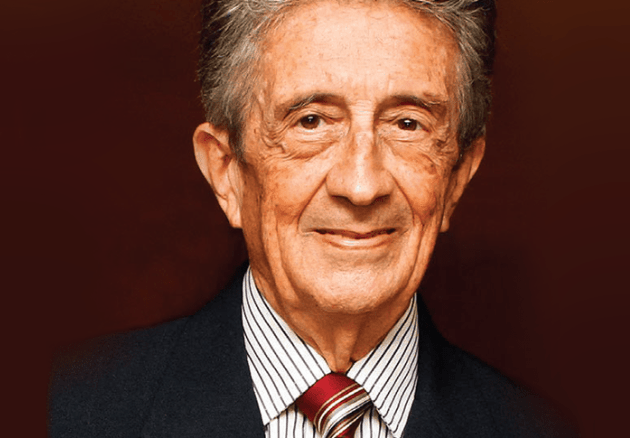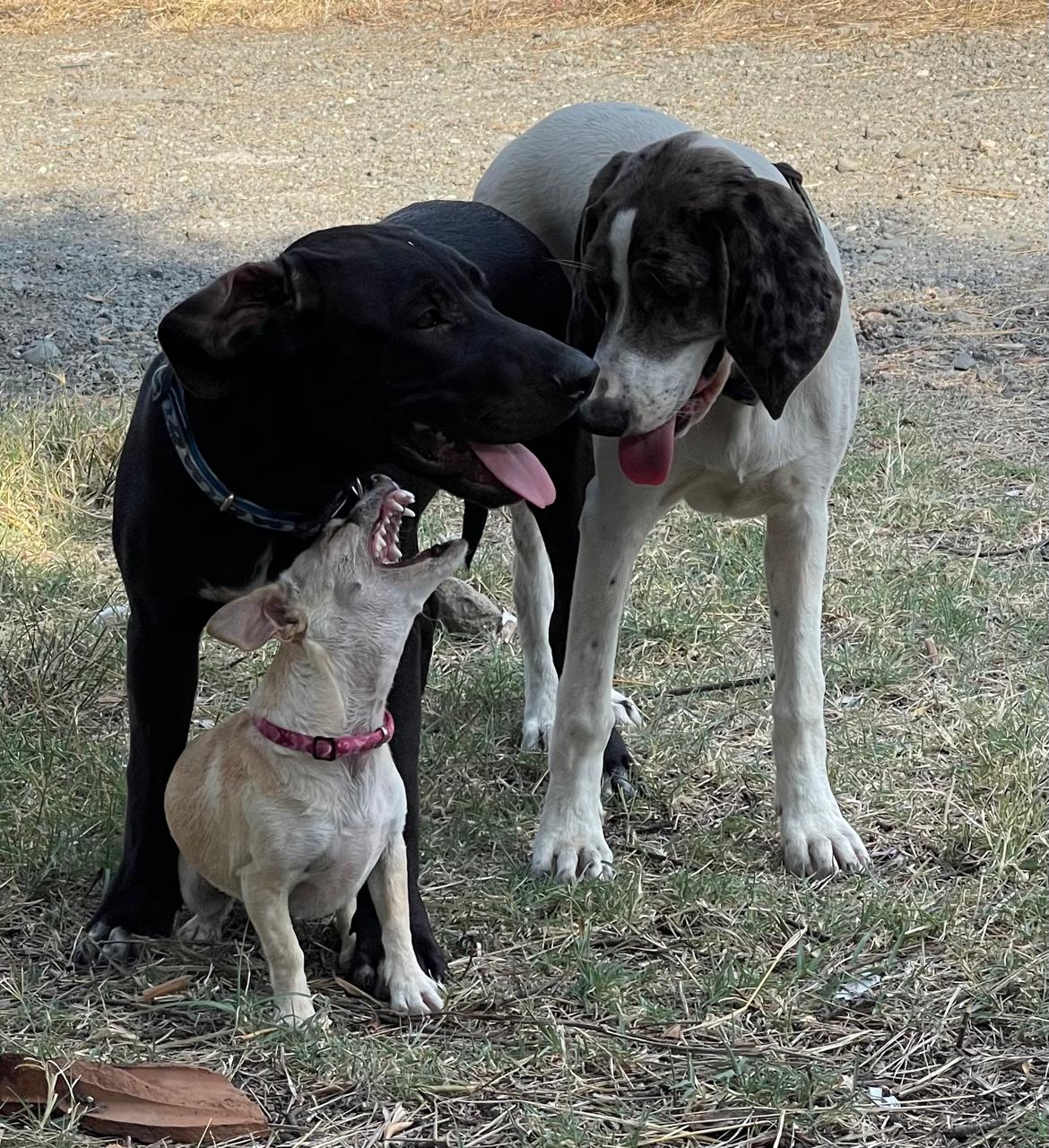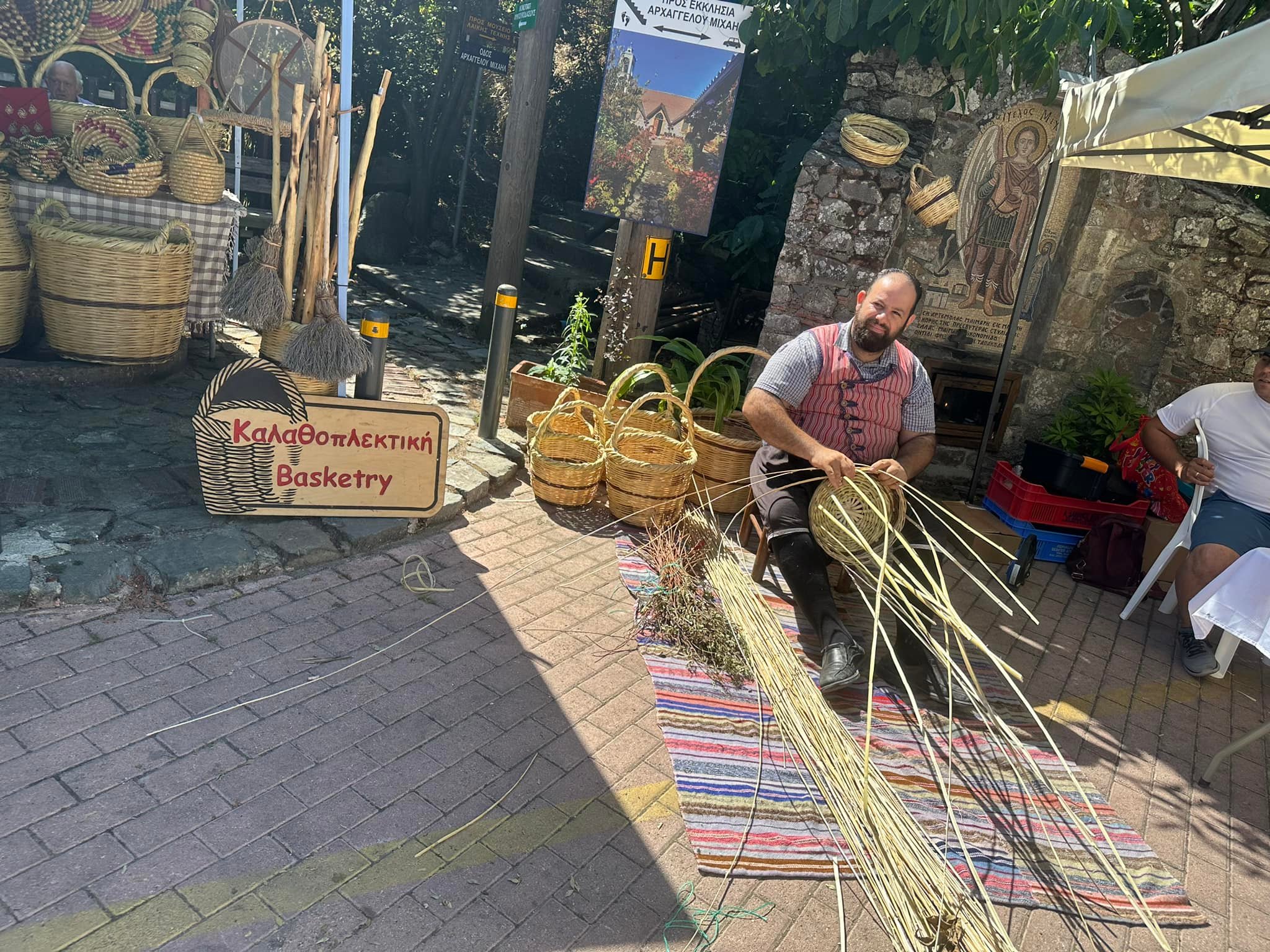By Özge Özoğul
Regardless of what language we speak, what if we set the language of peace as our lingua franca to end violent communication once and for all?
Just as we have a right to a just and peaceful life, we have a responsibility to communicate peacefully, Brazilian peace linguist Francisco Gomes de Matos argues. It is a responsibility regardless of whether we are communicating through a first, second or third language, thus we must learn the language of peace. Unless we do, and use language as a weapon with insults, threats and bullying, which we encounter in media and politics, as well as in everyday life, polarisation in the society and across societies will persist and will be inevitable.
Speaking the language of peace, in other words nonviolent or transformative communication, can prevent the damage caused by violent communication. This will allow us to move from hate speech to harmony.
Checklist – am I a ‘Peace’ language speaker?
The language of peace entails listening attentively and reflectively, respect for the feelings and rights of others, and dignity for oneself, speaking with non-judgement and positive emotional expression, being aware of barriers to effective communication, speaking for a purpose, the use of I statements instead of you, and speaking with intent.
It requires a reflection on questions such as ‘am I practicing the principle of do-no-harm?’, ‘what sort of environment do I want to create and be a part of?’ and ‘where do I feel a sense of belonging?’. Possibly the answer will be where I am not judged and where I am accepted for who I am, where I am welcome and comfortable in my own skin, where I am treated with kindness, respect and compassion, and genuinely.
Speaking the language of peace will enable us to create such nurturing homes, neighbourhoods, classrooms, schools, and translate into communities. And of course, this entails ensuring the same is valid for all members of the group and is inclusive of everyone – all shapes and sizes, all shades and colours.
Make a daily habit of speaking ‘Peace’
Employing a Peace language, which can also be referred to as nonviolent communication, a concept developed by Marshall Rosenberg, is a tool for conflict resolution and mediation of conflicts. In the medium of education, educators can foster a culture of peace and nonviolence, global citizenship and appreciation of cultural diversity at school and in the wider community by empowering children and adolescents with nonviolent communication skills, and supporting their potential to be agents of change. Such an approach would enable developing an attitude in the classroom which allows students to build good relations by respecting differences through a better conversation, consequently contributing to peace in the world.
In media, peaceful language promotes peaceful communities. In politics, this means establishing a visionary leadership for peace, and replacing the weapons of war with dialogue. After all, as Albert Einstein said, “peace cannot be kept by force, it can only be achieved by understanding”.
Did you speak ‘Peace’ today?
Özge Özoğul, PhD is a member of the Mediterranean Women’s Mediators Network and Project Officer in charge of coordinating the Association for Historical Dialogue and Research’s (AHDR) educational and research programmes under Active Citizens Fund.







Click here to change your cookie preferences